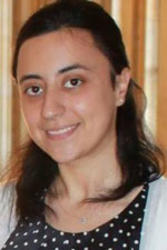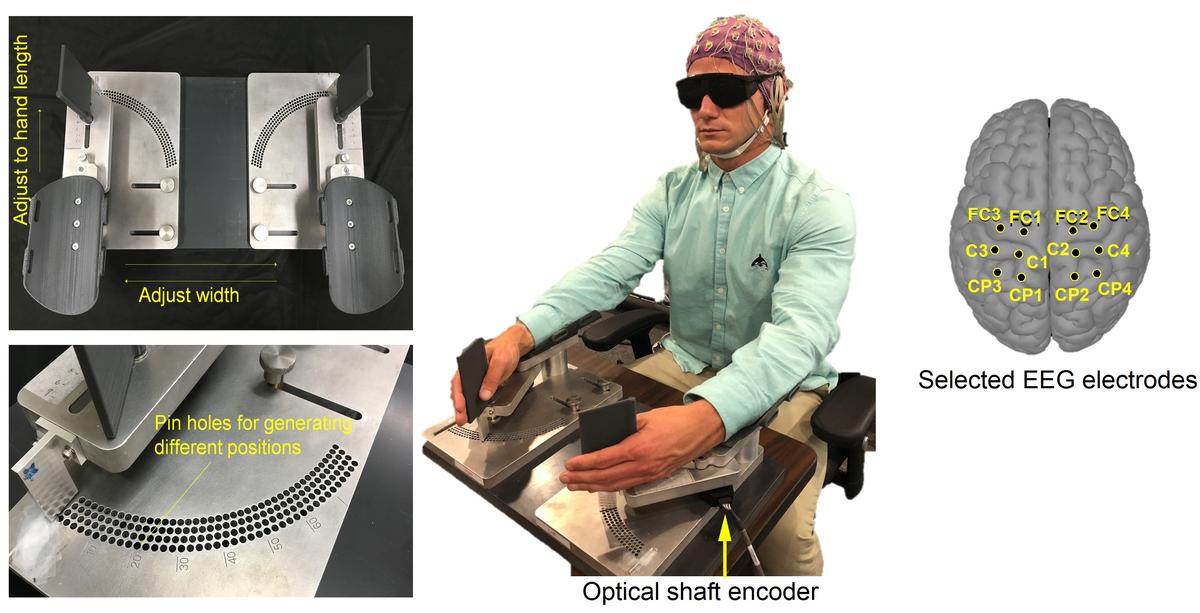
Dystonia is a movement disorder characterized by sustained or intermittent muscle contractions causing abnormal, often repetitive, movements and postures. Cervical dystonia (CD) is the most common form of focal dystonia involving the neck region and sometimes shoulders. The underlying neural mechanism of the disease is still being explored. This study pursued two major goals. First, using psychophysical assessments, we examined if the wrist joint proprioceptive performance is impaired in CD. Second, using EEG analysis, we looked for empirical evidence to support the hypothesis that the observed abnormalities in the wrist joint proprioception of CD patients are associated with abnormal patterns of local cortical activities and inter-regional interactions within somatosensory and motor cortical areas.
Lead investigator of this work was Dr. Sanaz Khosravani, who is now with the Dept. of Otolaryngology at Haravard Medical School.

Related products:
Khosravani S., Buchanan J., Johnson M.D., Konczak J. (2020). Effect of Neck Botulinum Neurotoxin Injection on Proprioception and Somatosensory-Motor Cortical Processing in Cervical Dystonia. Neurorehabilitation and Neural Repair, 1545968320905799